Toilet Tech Proves That Where There's Muck There's Brass
Published on by Water Network Research, Official research team of The Water Network in Technology
Nearly a third of the world's population still has no access to safe, hygienic sanitation. This means they have to go the toilet out in the open - in the bush, fields or forests.This leads to about 700,000 deaths each year from related diseases, says the World Bank, and stops children getting a proper education.
This leads to about 700,000 deaths each year from related diseases, says the World Bank, and stops children getting a proper education.
"Sanitation lies at the root of many other development challenges, as poor sanitation impacts public health, education, and the environment," says Jyoti Shukla, senior manager of the World Bank's Water and Sanitation Program (WSP).
So what are the technology innovations helping to address this issue, and is the private sector better placed than the public sector to implement these solutions?
'Cool' toilets
One of the United Nations' Sustainable Development Goals is to make universal access to safe sanitation and water a reality by 2030.
"The stakes are high: stunting and malnutrition are directly related to poor sanitation; quality of learning and productivity is affected by sanitation; and dignity and empowerment of women and girls is influenced by how we deliver sanitation," says Ms Shukla.
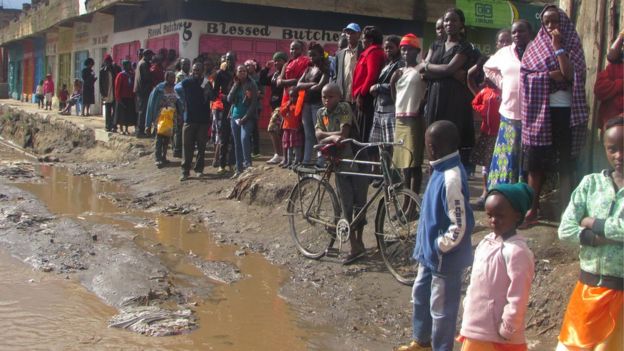
But many in the private tech sector believe this cannot be achieved without their help.
For example, Kenya-based Sanivation is on a mission to make toilets "cool", according to chief executive Andrew Foote. His firm has come up with a way of transforming human waste into energy briquettes.
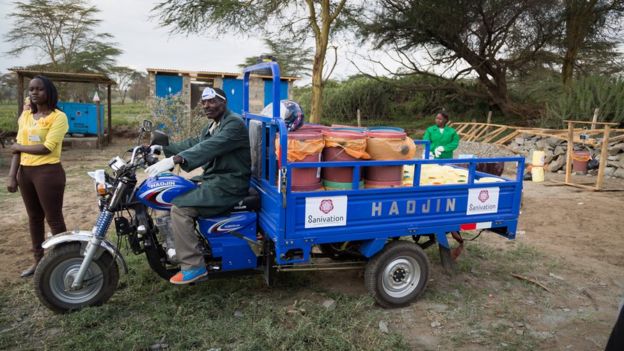
The company provides hygienic toilet units to households in slums and refugee camps. The waste is collected once a week and taken away to be treated and transformed into charcoal at a special facility.
Sanivation sells this back to communities as a source of energy that is safer to burn than traditional charcoal.
Business opportunity
At the processing plant, the waste is put into solar concentrators, which focus energy from the sun to heat the waste to temperatures over 70C (158F) for many hours. This deactivates pathogens, and renders the waste safe for reuse.
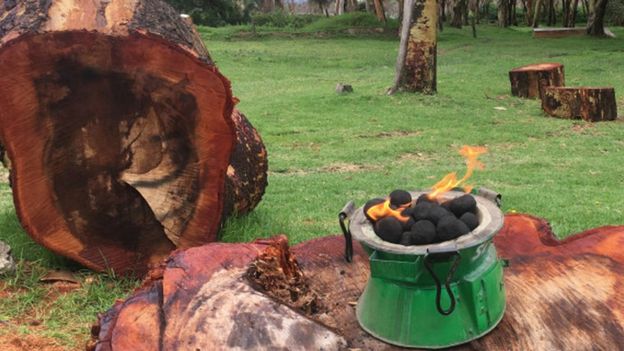
The treated waste is then mixed with biomass agricultural residue - rice husks, flower stems, corn cobs, and the like - which has also been heated and ground into charcoal dust.
The two waste streams are then combined and compressed into charcoal blocks.
"Simply to achieve universal sanitation, toilets will have to mimic the adoption rates of cell phones, says Mr Foote. "One of my favourite parts of my job is thinking: How do I make toilets as cool as cell phones?"
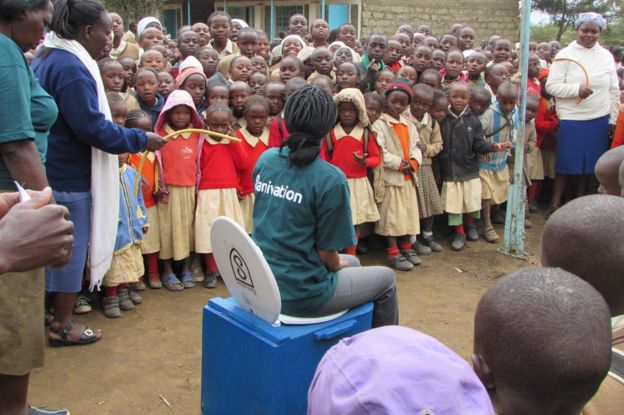
The private sector treats sanitation as a business opportunity and this is potentially more effective than aid-based hand-outs, Mr Foote believes.
Loo entrepreneurs
Another firm adopting the private sector model is Kenya's Sanergy, It installs what it calls Fresh Life Toilets in informal settlements, and sells them - at cost - to local entrepreneurs who create mini-businesses out of each toilet.
Fresh Life Operators charge a nominal fee per use of their toilet, but over the year end up making a tidy living. They often hire toilet attendants, and run their unit as a business.
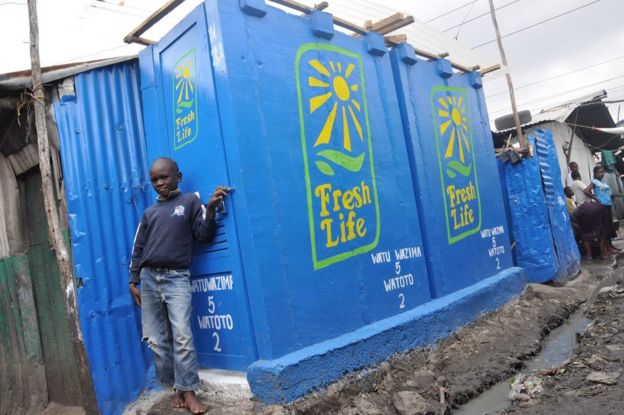
Sanergy removes the waste from the units, treats it, and sells by-products to the agricultural sector.
The company has to date installed 781 Fresh Life Toilets run by 387 operators in eight settlements around Nairobi. Sanergy says it collects nine tonnes of waste a day.
"Investment in private sector sanitation solutions allows for innovation that can't be undertaken in the more risk-averse public sector," says Medora Brown, Sanergy's communications manager.
In sub-Saharan Africa, traditional sewered sanitation systems cost about $56 per capita, whereas Sanergy's model costs $7 per capita, says Ms Brown.
Source: BBC
Read More Related Content On This Topic - Click Here
Media
Taxonomy
- Sanitation
- Water & Sanitation
- Sanitation & Hygiene